
ROOTH2-3-3
大牟田駅近くにあるドーナツ店。古い煉瓦造りの建物を再生し、内・外装は壁面の赤いレンガ、屋内の躯体を活かすことで歴史的なよさや雰囲気などの魅力を引き出す、ニューヨークスタイルの空間。
Info
Business Hours
Price
Spot Category

Appearance
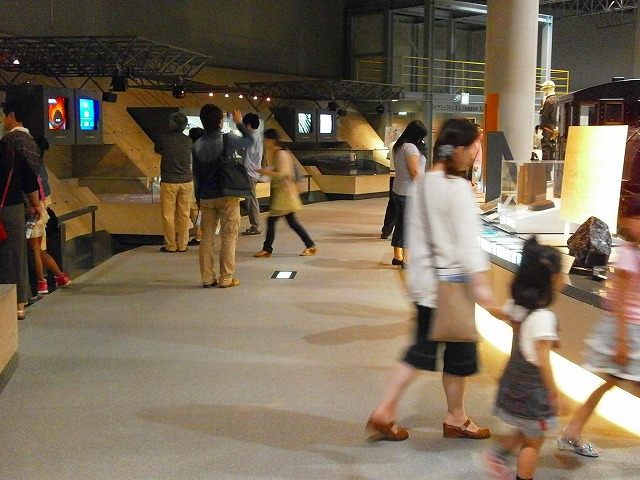
三池炭鉱の歴史と技術を模型と映像と資料でたどる
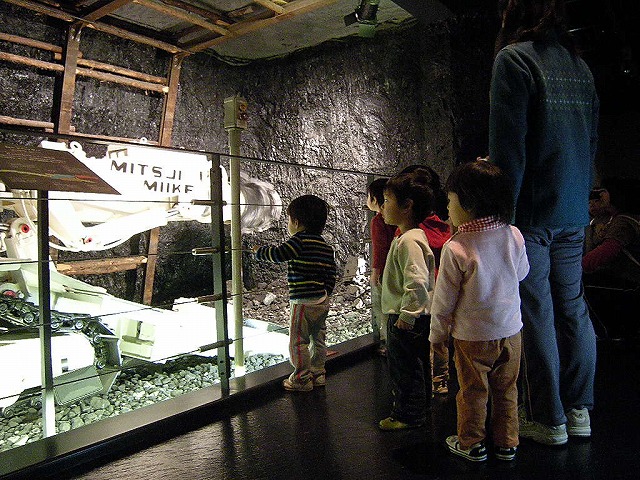
地下400mの坑内を再現したダイナミックトンネルでは採炭機械などを紹介

映像ホールでは、人類と石炭とのかかわり、証言でつづる炭鉱のまちの歴史などの映像を上映

エネルギーを楽しく体験できるコーナーもある
The information provided reflects the details available at the time of the survey.
Please note that facility details may change due to the facility’s circumstances, so please check for the latest information before visiting.
This content has been translated using machine translation.
Information provided by: JTB Publishing
The content uses an automatic translation service, which is not always accurate.
The translated content may be different from the original meaning, so please understand and use it.

大牟田駅近くにあるドーナツ店。古い煉瓦造りの建物を再生し、内・外装は壁面の赤いレンガ、屋内の躯体を活かすことで歴史的なよさや雰囲気などの魅力を引き出す、ニューヨークスタイルの空間。
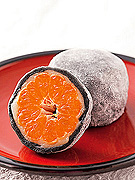
食用竹炭を加えた黒いお餅の中に、大牟田名産の上内みかんが丸ごと入った大福。
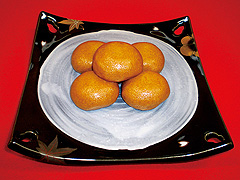
草木饅頭とは、薄皮でこし餡を包み、蒸し上げた大牟田名物。直径約3cmの一口サイズと優しい甘みが特徴だ。1個49円。

A town where temples were collected during the Edo period for the defense of Kurume Castle. It is lined with 17 temples, and still retains the features of the Edo period. In each quaint temple there are tombs of many of the predecessors who were active in Kurume. The most well-known people are King Shishi Takayama Hikokuro, the founder of Kurume mochi, Inoue Den, the founder of Kurume Atsuji, Motozo Sakamoto, and the Western painter Harue Koga.
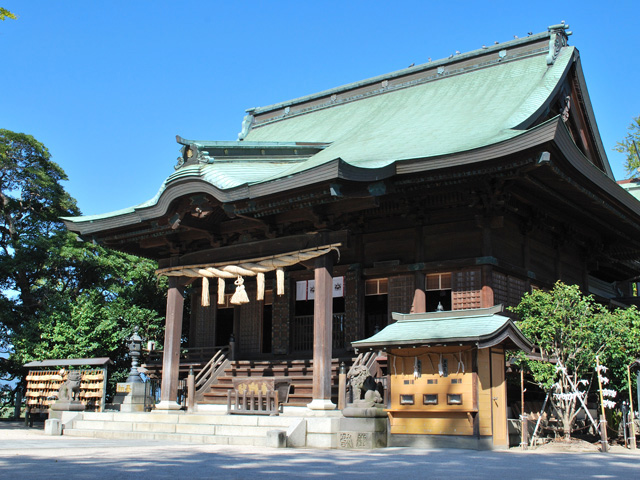
Sōhō-gū of Suiten-gū, which is located throughout the country. The beginning was that Ise, who served Emperor Andoku's birth mother, Takakura Taira Nakamiya [Azechi no Tsuboune], enshrined the spirit of the Heike, who had perished in the Battle of Nōnoura, to mourn. It is known as the guardian deity of asanis, child-giving, water-relief, and children.
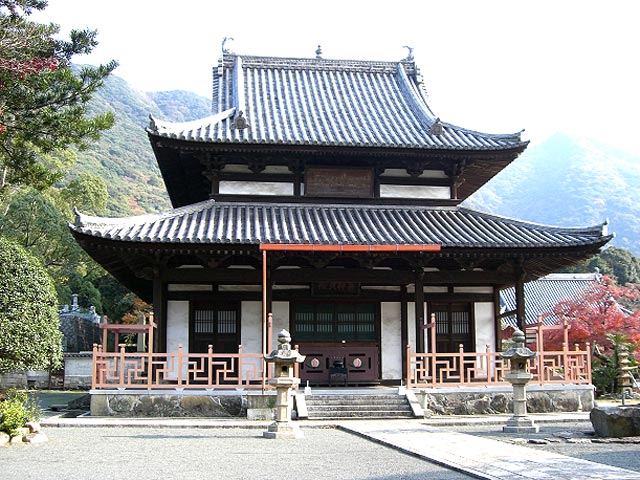
The temple of Obaku sect in a corner of Adachi Forest Park. The feudal lord, Tadamasa Ogasawara, was erected in Kanbun 5 (1665). It was later vanished by military fire and fire of Chōshū Cavalry at the end of the Tokugawa period. The main hall was rebuilt in Kyoho 2 (1717). Kaesando and others were built after the Meiji era. There is a garden behind the main hall, and the Sesshu Garden, which has natural stones in a borrowed view of Mount Ashitate, is a must. Please note that some of the precincts in the direction of the back mountain are unwatchable.
This website uses cookies so that we can provide you with the best user experience possible. Cookie information is stored in your browser and performs functions such as recognising you when you return to our website and helping our team to understand which sections of the website you find most interesting and useful.
Strictly Necessary Cookie should be enabled at all times so that we can save your preferences for cookie settings.
If you disable this cookie, we will not be able to save your preferences. This means that every time you visit this website you will need to enable or disable cookies again.
